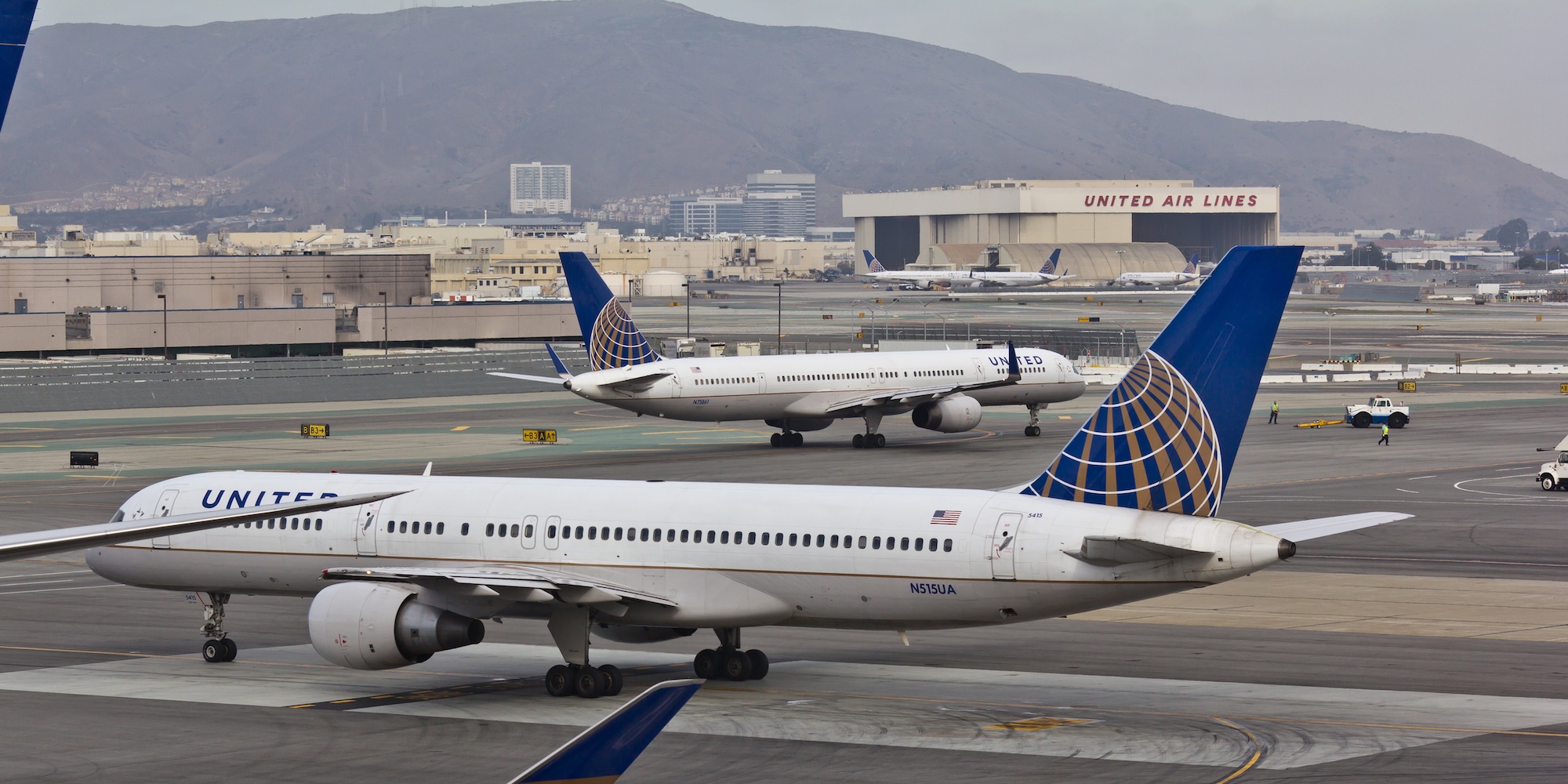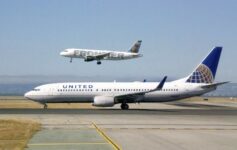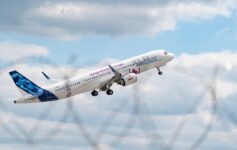In the coming years, United plans to replace its aging fleet of Boeing 757 and 767 aircraft. Now United is floating the Airbus A321XLR as a potential replacement.
Speaking to employees in a video that was seen by Flight Global (and me), United President Scott Kirby discussed United’s fleet renewal plan. Currently, United has a combination of 127 Boeing 757s and 767s that it intends to replace.
The plan is already to replace most of those aircraft (about 90-100 of them) with a mix of 737 MAX and 787 aircraft. But there’s still question concerning what to do about the remaining 30-40 aircraft. Kirby stated:
We feel really good about the bulk of the narrowbody, the bulk of the widebody fleet. That 30 to 40 airplanes for 757, 767 replacements we don’t have a good answer for.
On the one hand, more 737s and 787s would certainly provide logistical and maintenance advantages. On the other hand, though, there are some routes where a different aircraft may make more sense.
The A321XLR is still a theory. Airbus has begun delivering its A321LRs, but no A321XLRs has been delievered. This aricraft would have more cargo capacity (220,000 pounds) and a range of about 800 nautical miles more than the A321LR. With a range of 4,500 nautical miles, the A321XLR would not only easily accommodate transcons, but could take over many East Coast to Europe routes currently served by the 757-200 and 767-300.
United’s Current Firm Aircraft Orders
Via Fleets Analyzer, United has the following aircraft on order:
- 45 A350-900s
- 45 737 Max 9s
- 100 737-10s
- 4 777-300ERs
- 13 787-9s
- 7 787-10s
While a new aircraft type may simply be superfluous, the A321LR would be a perfect fit for many UA routes.
CONCLUSION
The beauty of a competitive duopoly in the world of aircraft manufacturing is that airlines can play Airbus against Boeing in order to extract the most concessions. It could be that talks of A321XLRs are just a ruse to get Boeing to drop its price. But I do hope United is seriously considering the A321XLR. I think it would make a great addition to the fleet.
image: Raimond Spekking / Wikimedia Commons





I didn’t see you mention that United already operates the A319 and A320 and I think that adding the A321 would make more sense than replacing them with 737-max aircrafts. If the B787 will replace the B767, a B737-10 max still is unlikely to be competitive in terms of pax numbers and cargo volume. But the A321 would be much better suited in both those terms to replace the B757, and depending on – the crew type rating would remain pretty much the same (aside from a short conversion course that some might have to take, myself included from the old A321 to the new neo), a lot of the same maintenance and a lot of the same operation. It would just all around be smoother and simpler for United, while still being able to operate the aircraft with more or less the same capacity.
I love the UA A319/320 fleet and would welcome the new A321XLR.
Bring it on UA
One thing I’ve learned working on aircraft, boeing is built to last and yes the upfront cost maybe higher but parts are cheaper and better tech support, airbus is more of a honda cheep out the gate but repairs are costly. Also the airbus seams to be prone to electrical glitches. United should stick with boeing. Lastly I’d like to see an American company invest in America and keep jobs here not Europe!!!
I’m not sure where you’re getting your information from. Boeing vs. Airbus — the equivalent aircraft are about the same in terms of purchase price.
Parts — depends on the aircraft you’re servicing. Newer aircraft parts are more expensive than older aircraft parts, no matter the manufacturer. The first 737 flight was in 1967. The first A320 flight was in 1988. When you’ve got 20 years of boneyard parts to pick from, yes, they’re going to be cheaper. Go look for an alternator or transmission for a 1996 Toyota. Then look at how much one for a 2019 Ford goes for.
As far as keeping jobs in the USA, here’s where parts for a Boeing 737 come from:
Vertical fin – Xi’an Aircraft Industry, China.
Horizontal stabiliser – Korea Aerospace Industries.
Ailerons – Asian Composites Manufacturing, Malaysia.
Rudder – Bombardier, Belfast and AVIC subsidiary Chengfei Commercial Aircraft (CCAC), China
Tail section (aluminium extrusions for) – Alcoa / Shanghai Aircraft Manufacturing, China.
Main landing gear doors – Aerospace Industrial Development Corp, Taiwan.
Inboard Flap – Mitsubishi, Japan.
Elevator – Fuji, Japan.
Winglets – Kawasaki, Japan.
Fwd entry door & Overwing exits – Chengdu Aircraft, China.
Wing-to-body fairing panels and tail cone – BHA Aero Composite Parts Co. Ltd, China.
The big issue is that there’s no equivalent to the 757 from either manufacturer. Boeing was foolish to kill this one off.